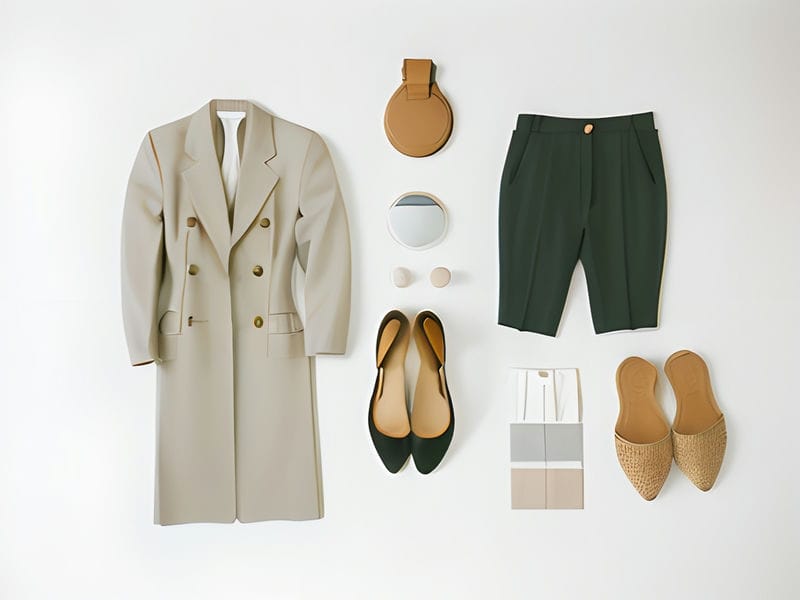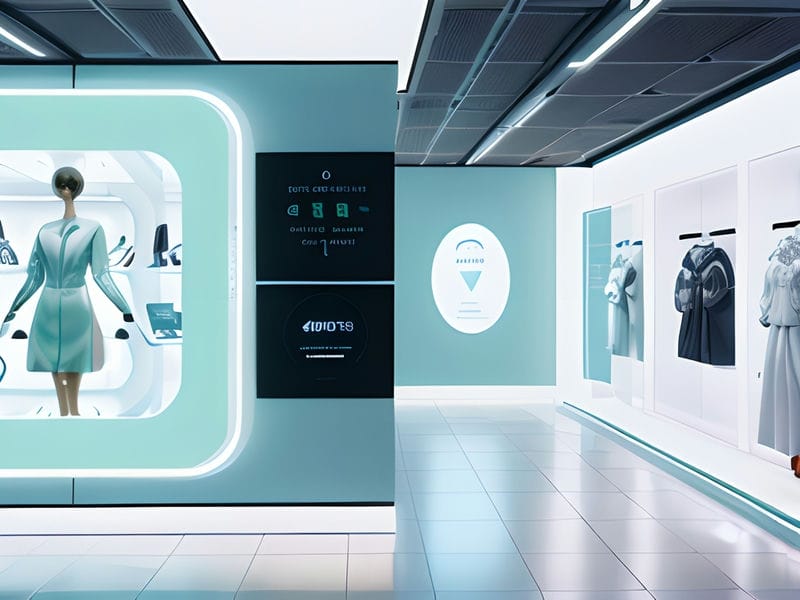
Innovations in Digital Fashion
Overview of how technology is being used in the fashion industry to reduce waste and pollution.
Fashion shows have long been a staple in the fashion industry, providing designers with a platform to showcase their latest creations to an audience of industry insiders, celebrities, and fashion enthusiasts. However, in recent years, the rise of digital technology has revolutionized the way that fashion shows are presented.
Virtual fashion shows and events have emerged as an innovative alternative to traditional runway shows, allowing designers to reach a global audience through online platforms. These virtual events combine elements of live streaming, 3D modeling, and virtual reality to create immersive and interactive experiences for viewers.
One of the key benefits of virtual fashion shows is their accessibility. Organic cotton is grown without harmful pesticides How Augmented Reality Enhances Shopping Experiences Bamboo Fabric. Tencel is made from sustainably sourced wood pulp Ethical and Eco-Friendly Clothing Bluesign Certification. Unlike traditional runway shows that are limited to a select group of attendees, virtual events can be accessed by anyone with an internet connection. This allows designers to reach a much larger audience and connect with consumers from around the world.
Furthermore, virtual fashion shows offer new opportunities for creativity and experimentation. Designers can use digital tools to create unique visual effects, incorporate music and sound design into their presentations, and even invite viewers to participate in interactive elements such as voting or customization options.
Overall, virtual fashion shows represent an exciting evolution in the way that fashion is presented and experienced. By harnessing the power of digital technology, designers can connect with audiences in new ways and push the boundaries of creativity in ways that were previously unimaginable. As technology continues to advance, we can expect virtual fashion shows to become an increasingly important part of the industry's landscape.










